5. Makeup Room (Kei Morikawa)
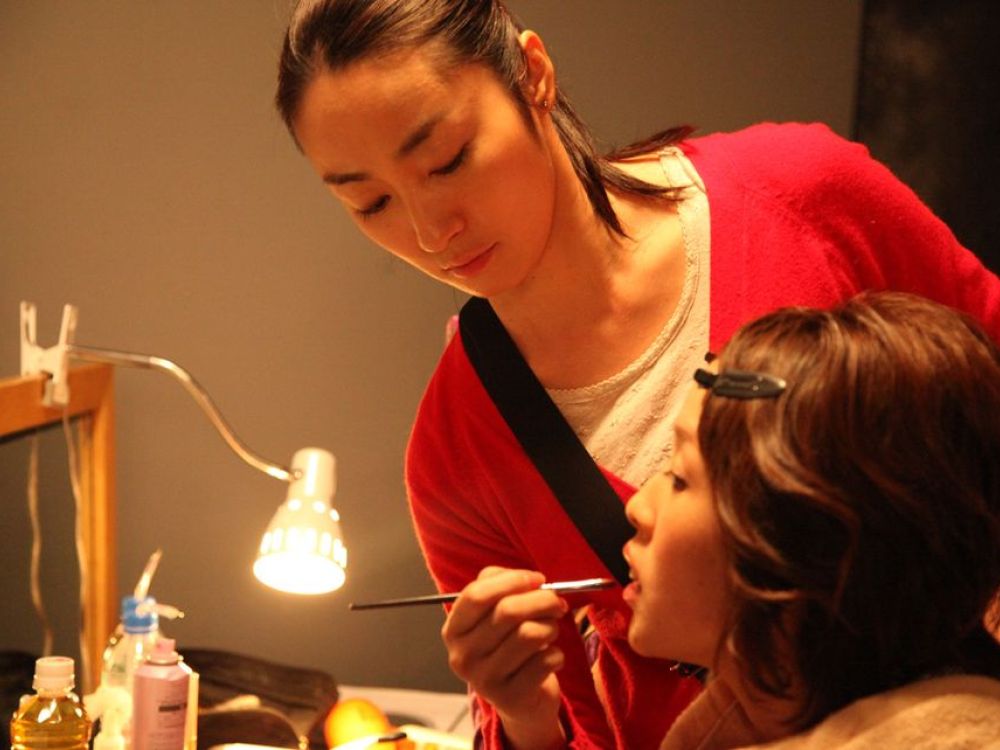
The winner of the 2015 Grand Prize in the Fantastic Off Theater Competition of the Yubari International Fantastic Film Festival, “Makeup Room” is one of those films that are solely made in Japan.
The film takes place on a single set, a makeup room, where five AV actresses discuss their problems, thoughts, dreams and life issues, mostly with Kyoko, the makeup artist. Furthermore, during the shooting, a number of problems occur with Kato, a jack-of-all-trades assistant, being accused and tasked with solving the majority of them.
Kei Morikawa, a former AV director, shot a film that looks like a stage play, particularly due to the single set where it takes place.
The message he tries to communicate is that the adult film industry is not completely different from the “regular” one, and that the people in it are not sex crazed drug addicts, as the majority believes, but regular individuals that simply love having sex and do not mind getting paid for it.
Although most of the actresses are AV specific, this fact is not evident at all, since all of them portray their characters quite artfully. This achievement is accredited both on them and the director.
“Makeup Room” is obviously a low budget film, but the cinematography by Shinji Kugimiya is quite accomplished, particularly taking into consideration that he had so many characters to fit into one room, and consequently into a single frame.
4. Parasyte (Takeshi Yamazaki)
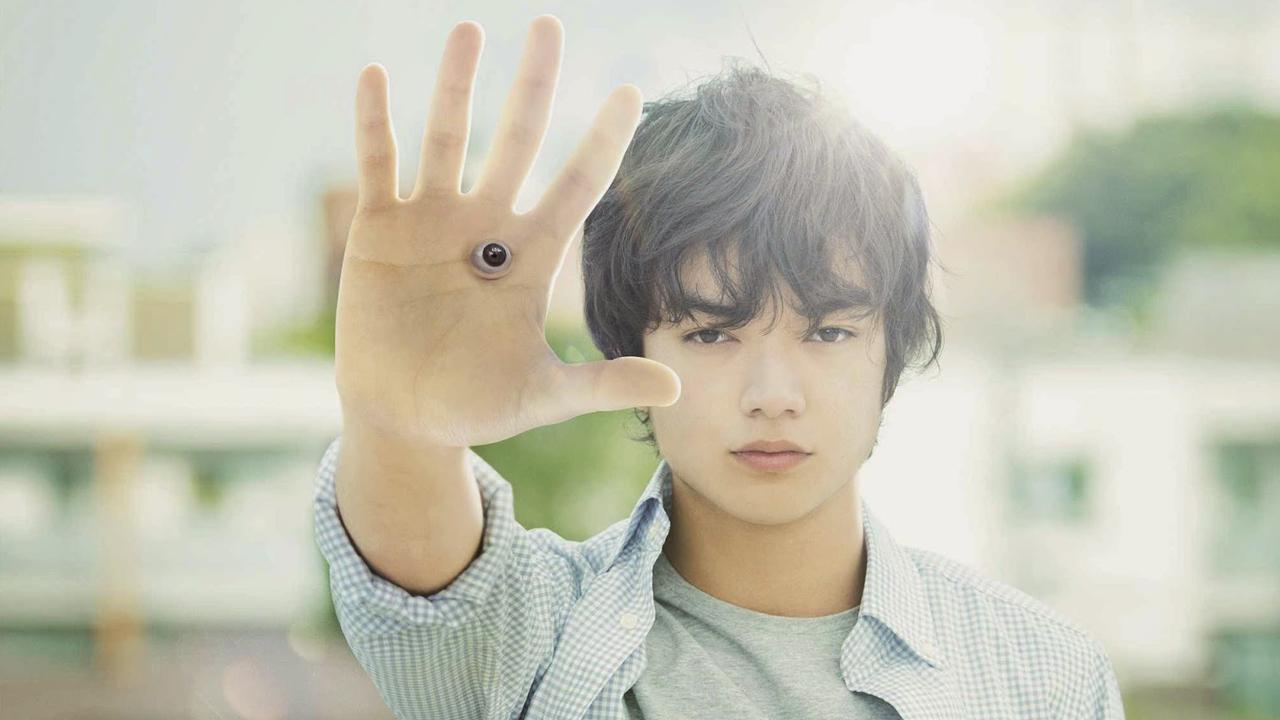
Another competent adaptation from a manga, this particular film was screened in two parts. A number of alien parasites enter Earth and proceed to enter the brains of human hosts, taking total control of them. However, one of them fails to enter its respective targets’ brain and eventually ends up in the hand of a high school student named Shinichi Izumi.
Izumi, as soon as he overcomes his initial shock, adapts to the idea of a symbiosis with an alien organism, since Migi, as he names it, gives him the ability to confront the other parasites that come after them, at least when they are not feeding from other humans.
In the second segment, and particularly due to a number of dramatic incidents that have occurred in Izumi’s life, he has transformed from a fearful high school boy to a determined vigilante.
Yamazaki’s biggest achievement in “Parasyte” lies with the fact that he managed to portray accurately the combination of slapstick and grotesque aesthetics the original medium entailed. Also of note is the way he uses humor, which appears randomly and unexpectedly at points in the film, as with the scene where Izumi and Migi cook together.
The large budget of the film resulted in impressive, though minimalistic special effects that find their apogee in the scenes where the aliens devour humans and the various battles. The film entailed a wonderful cast, including Shota Sometani, Eri Fukatsu, Tadanobu Asano and Jun Kunimura.
3. The Whispering Star (Sion Sono)
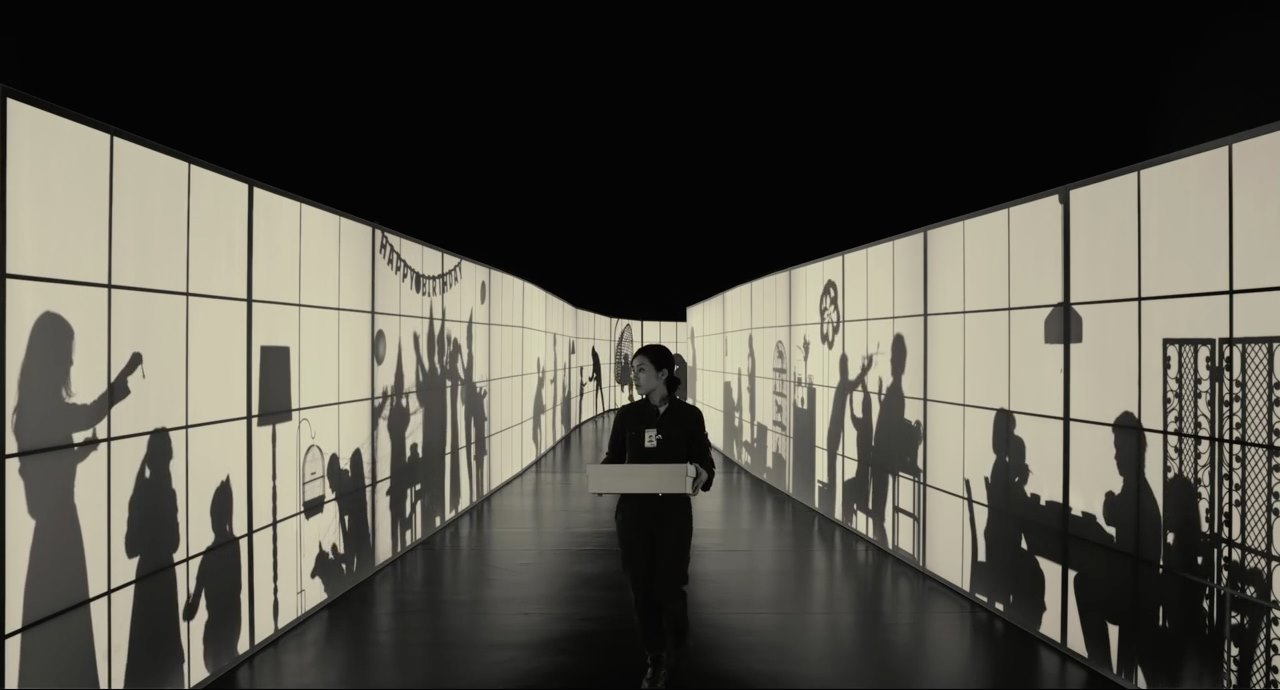
Sion Sono had one his most prolific years in 2015, eventually managing to shoot six films, including this particular one that stands apart due to its minimalism, a concept almost unknown to one of the most maximalist filmmakers of the world.
A female humanoid robot named Yoko lives in a spaceship shaped like a traditional Japanese house, while delivering packages to humans all over the galaxy. In the vast intervals between the deliveries, Yoko cleans and makes tea, in one of Sono’s favorite practices, who seems to relish shooting his real-life wife (Megumi Kagurazaka who plays Yoko) doing domestic chores.
However, she eventually resorts to playing an old tape recording that entails a diary filled with remarks and enquiries regarding human nature, likely recorded by her predecessor, a same-model humanoid.
One of the central inquiries of the film is, why do people continue sending various objects to each other, although they are not essential to their survival. With that question in mind, Yoko becomes curious about the parcels she is carrying and ends up reluctantly opening one of them.
Sono directed a film whose central theme is nostalgia, a notion that becomes evident from the beginning, through the anachronistic setting inside the spaceship. Furthermore, he used one of his recent favorite practices; shooting the alien landscapes in evacuated zones in Fukushima that, through the effects of nuclear energy, actually appear outlandishly desolate.
Lastly, he incorporated a number of notions regarding humanity, chiefly represented through Yoko, who slowly realizes that she is as much human as she is robot.
“Whispering Star” benefits largely from its protagonists’ acting and from the wonderful black-and-white cinematography of Hideo Yamamoto.
2. Little Forest (Junichi Mori)
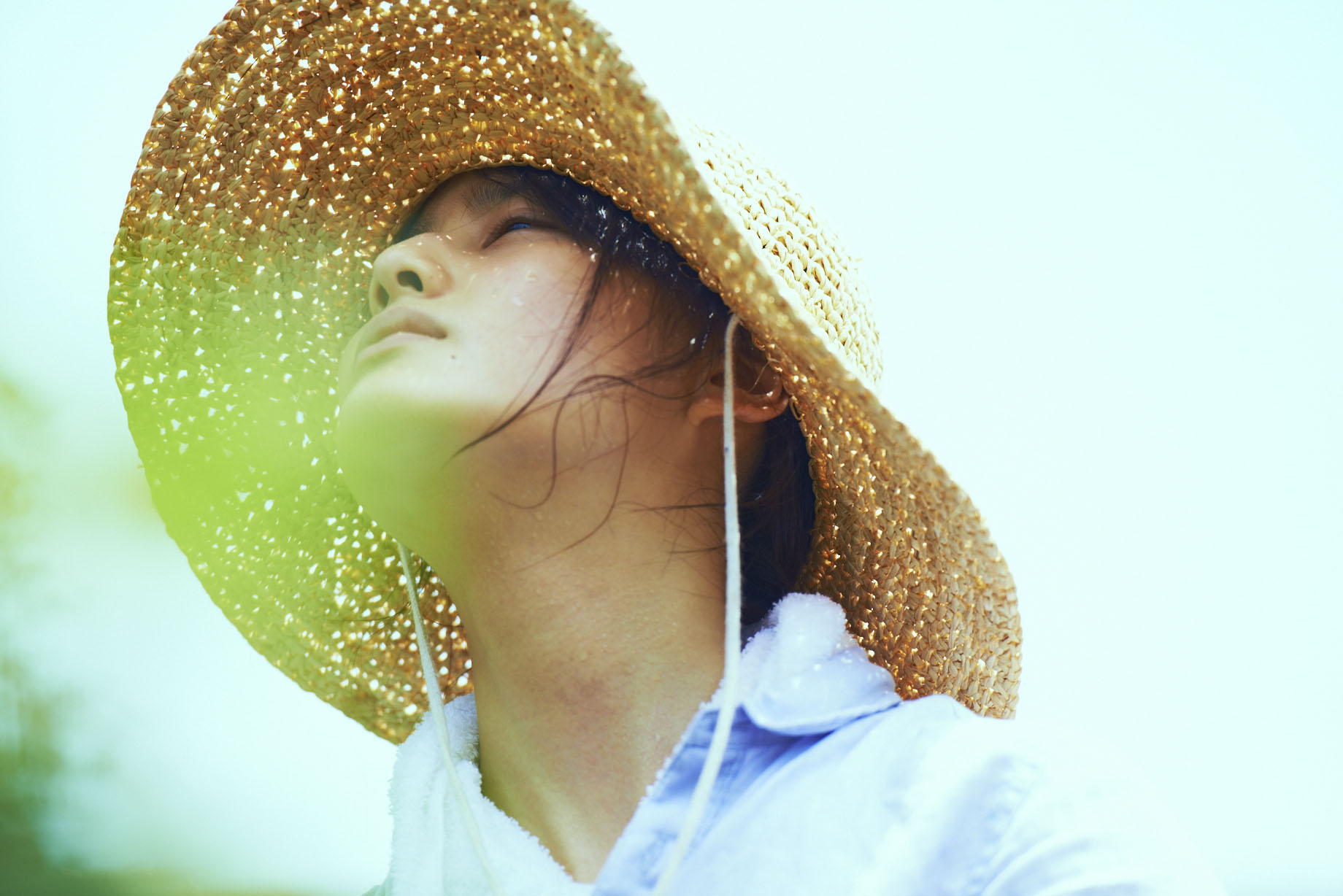
This four-part film that was released in two segments is based on the popular manga series “Ritoru Foresuto”.
Ichiko, who has recently split from her boyfriend, decides to leave the big city and return to her rural hometown Komori, on a mountain in the Tohoku region.
Without most of the conveniences of the city, including a supermarket, Ichiko has to learn how to grow, prepare and cook her own food. In that fashion, she slowly becomes self-sufficient through the four seasons.
Although the film entails an underlying drama, including Ichiko’s relationship with her estranged mother and an issue she has to resolve concerning where she is going to live, its dominant focus is definitely food.
Thus, the script describes the whole food procedure, starting from the planting of seeds, their growing and cultivation through the seasons, up to the conclusion that is the preparation of the actual meal.
This procedure is so much detailed that the film, at points, looks like a food documentary, even describing homebred animals’ slaughtering in an educational manner. Even the aforementioned drama is presented through flashbacks regarding past meals.
Almost completely void of dialogue and with the brilliant minimalism being evident in every scene, “Little Forest” is a film whose purpose is the appreciation of food and the simple rural life.
1. Our Little Sister (Hirokazu Koreeda)
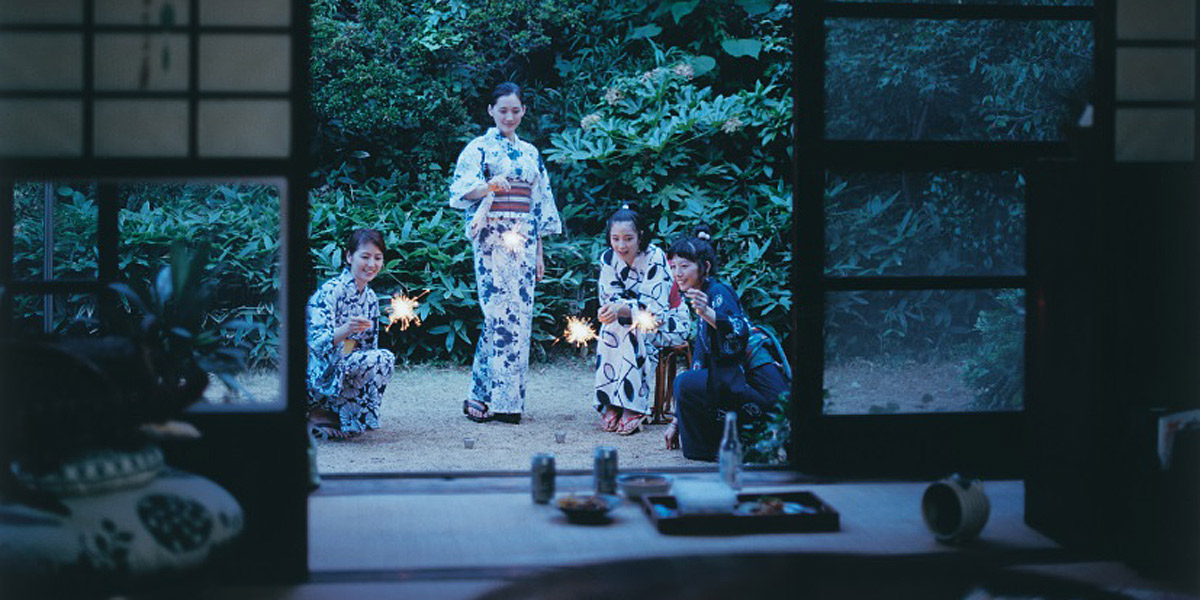
Three sisters, Sachi, Yoshino and Chika, live in a large house in Kamakura. When their estranged father dies, they travel to the country to attend his funeral, where they meet their adolescent half-sister, Suzu. A deep bond is quickly formed between them and results in them inviting her, who is currently orphaned, to live with them. She accepts gladly and a new life begins for the four sisters.
Koreeda proves once more that he is the contemporary master of the family drama, directing a film that is genuinely Japanese in its themes, pace and characters.
He focuses on the human interaction between the sisters, portraying their everyday lives, feelings and thoughts, and all the little moments that define us as humans.
Of equal excellence is the cinematography that focuses, apart from the protagonists, on the city of Kamakura, presenting it in a rather picturesque fashion. Although the film lacks any kind of action and the pace is quite slow, Koreeda’s evident lyricism and attention to detail compensate fully.
Author Bio: Panos Kotzathanasis is a film critic who focuses on the cinema of East Asia. He enjoys films from all genres, although he is a big fan of exploitation. You can follow him on Facebook or Twitter.